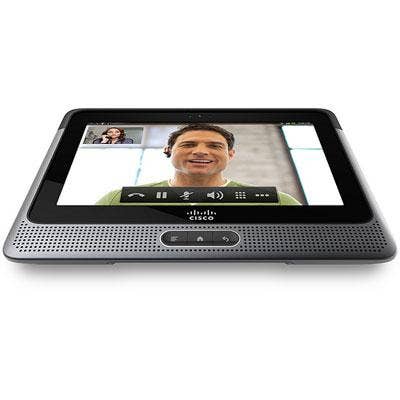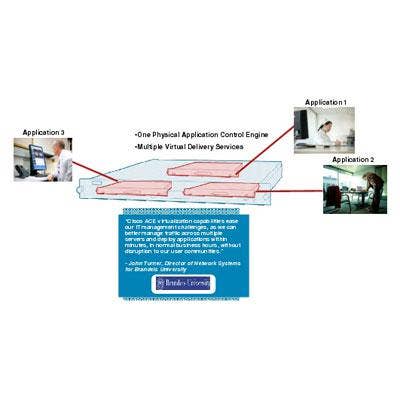5 Businesses Cisco's Put Out To Pasture

Out Of Favor At Cisco
When Cisco kicked off its mammoth corporate restructuring last year, it told investors that it would exit or de-emphasize underperforming businesses as it sought to re-focus on five core priorities.
Some of those moves, many in Cisco's consumer products division, were made right away, and some, such as this week's confirmation that it will pare back its investment in application delivery networking, happened over time, and often very quietly. Here's a look at five business segments Cisco is de-emphasizing, if not pulling out of altogether.

Consumer Video
Two of Cisco's biggest product flops in the last two years have come in consumer video: the Flip videocamera, which it acquired with Flip-maker Pure Digital in 2009 only to shut down two years later, and Umi personal telepresence, which Cisco confirmed in December 2011 it would stop selling.

Hosted Email
Remember Cisco Mail -- the hosted email product Cisco trotted out in line with a major collaboration product refresh in late 2009 to compete with Google Apps, IBM Lotus Notes and a galaxy of other hosted email options? No?
Well, it was said to have cost the company some $250 million in investment. And by February 2011, Cisco pulled the plug, with former Collaboration Software Group SVP Debra Chrapaty saying that customers "have come to view their email as a mature and commoditized tool versus a long-term differentiated element of their collaboration strategy."

Energy Management
Cisco's energy market strategy has shifted a bunch in recent years, and while still very much a priority for the networking titan -- it just aligned with Alstrom on new smart grid switching and routing technology, for example -- Cisco in August 2011 quietly closed down its energy management program and pulled back on many of the software initiatives around that program. Products such as Cisco's Network Building Mediator were given the "we're exploring options" line from Cisco brass, which in tech product development parlance usually means the end.

Tablet Computing
Cisco poured a lot of money, time and marketing into Cius, its 1.5-pound Android tablet that was touted as the ultimate in enterprise-grade unified communications endpoints.
But after two years of non-stop Cius excitement and getting plenty of UC partners riled up about the possibilities, Cisco admitted defeat, saying in May 2012 that it would no longer be investing in the tablet. Cisco partners weren't all that surprised, taking Cisco to task for misreading the timing of the Cius' release and the rising tide of BYOD and customer embrace of the tablet market as a whole.

Load Balancing
The facts are the facts: Cisco's market share in the hotting-up application delivery networking (ADN) segment has faded considerably in the last four years, and solution providers and customers have flocked to segment dynamo F5 Networks and other, more nimble ADN and load-balancing vendors. So it was no big surprise when Cisco confirmed that it would de-emphasize its Application Control Engine (ACE), telling CRN it will "not develop further generations of its ACE load-balancing products."

What About WAN Op?
Cisco has not publicly announced any effort to de-emphasize its Wide Area Application Services (WAAS) portfolio, with which it competes with Riverbed Technology and other WAN optimization players. But Cisco's posture in WAN optimization is questionable.
Multiple sources told CRN that the WAAS group was hit hardest in Cisco's recent round of 1,600 layoffs, only six weeks after Cisco had announced updates to the physical and virtual WAAS lines. Cisco moved quickly in late July to counter the WAAS rumors, with Prashanth Shenoy, product marketing manager, saying in July 25 blog post that the "speculation Cisco has dissolved its WAAS business is inaccurate."
Still, Cisco WAAS engineers and sales people have moved around plenty during Cisco's corporate restructuring -- folded into other groups and business units even with WAN optimization as an expanding market. A sign?